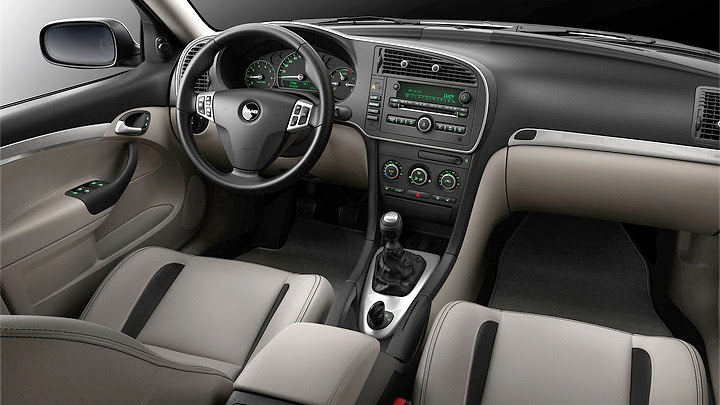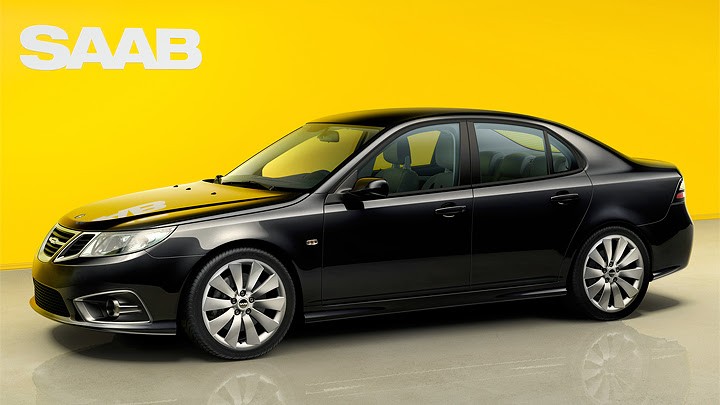
The ‘2008 crisis drove all North-American automakers into chaos, at least in the first moments, but there were some situations much worse than others. First, closing some marques disappointed and even worried some fans, because their last vehicles would certainly get harder to re-sell later. Second, the struggle of some companies became simply too cruel to watch. Saab was sold to the Dutch automaker Spyker in 2010, but it still didn’t save it. The Swedish company started to look for new investors and even managed to find a Chinese consortium, but the negotiation was blocked by GM (which owned Saab from 2000 to 2010) because it opposed to transfer its technology and production rights to a Chinese company.
Saab’s tunnel would only reach an actual light in the following year, when the newly-formed National Electric Vehicle Sweden got able to buy the bankrupt automaker and started to pick up the pieces. NEVS’s true intention is to work with all-electric models, but it was needed to start making money as soon as possible. Its only option, therefore, was to ressurrect the lineup which was produced until the automaker closed. GM appeared once again to ban 9-5’s return, but the mid-sized brother was allowed – both were projected on North-American platforms. Finally, the short-term plan is to sell 9-3 again, first in Sweden and China, and in 2014 release an all-electric car at the latter country.




However, the elegant sedan didn’t return exactly the same. NEVS doesn’t own the Griffin badge’s rights, so the ressurrected 9-3’s badges only use Saab’s logotype. Besides, it no longer meets the latest European pedestrian safety rules (this generation was released in 2002 and reprojected in 2008), so only 1,000 vehicles are allowed to be offered in Europe, because NEVS had to be registered as a low-volume manufacturer. But everything else is pretty much the same. 9-3 features a typical Swedish design, reminding a little of what Volvo produced in the 2000s. Despite it’s no longer the latest word in car design, using clean shapes like these is the typical “recipe” for long-lasting designs – Opel used it a lot in the 1990s.
There isn’t too much information about the cabin, but it must’ve remained untouched too, whether in design and equipment lists. And when it comes to the powertrain, 9-3 will only offer the same four-cylinder, turbocharged, dual-injected 2.0L engine, which reaches 220 cv and possible to combine to manual or automatic transmissions. This car went on sale last December 10th, and its first units will be offered in 2014’s second trimester under a Limited Edition.